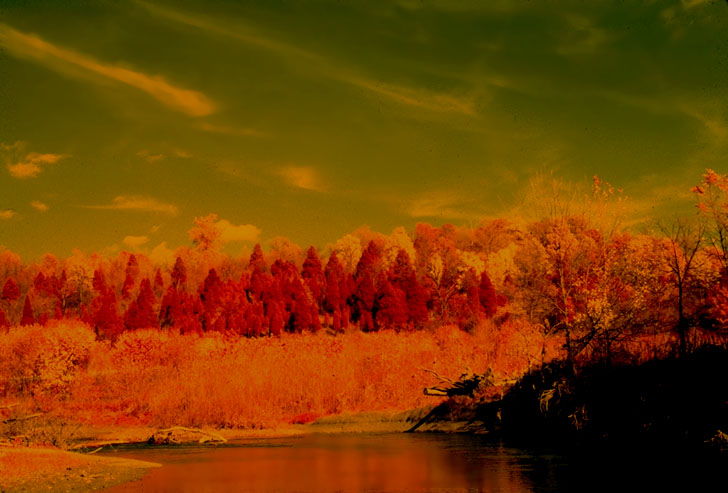I'll have to beg to differ. They ARE color photos. A digital camera makes 3 simultaneous exposures for sensors of Red, Green, Blue. The fact that they are not making the color separation in a single exposure doesn't mean it isn't color. They shoot with a red filter, they have a red color image; with a green filter, a green color image; with a blue a blue.
This is the way the first color photos were made, before the invention of color film. Everything old is new again.
The process is arguably higher resolution than the conventional 3 color sensor of an ordinary color digital camera, provided the subject doesn't move (not a problem) and the images are precisely aligned (also not a problem). It is NOT colorized in the sense of painted in color, such as you commonly see with Scanning Electron Microscopy, which is ALWAYS black and white, since these photos are taken using electrons, with a much shorter wavelength than visible light. Any color you see in such an image is always false color.
It's interesting to note that in astrophotography and other scientific photography, you often see false color images where instead of using RGB filters, filters of other wavelengths are used, for example infrared, or gamma rays. The result is a color photograph, but the colors are shifted (color-shift photography) to wavelengths that we can see.
I've used color infrared slide film, which is an example of single-exposure color shift photography. Here is one example:
